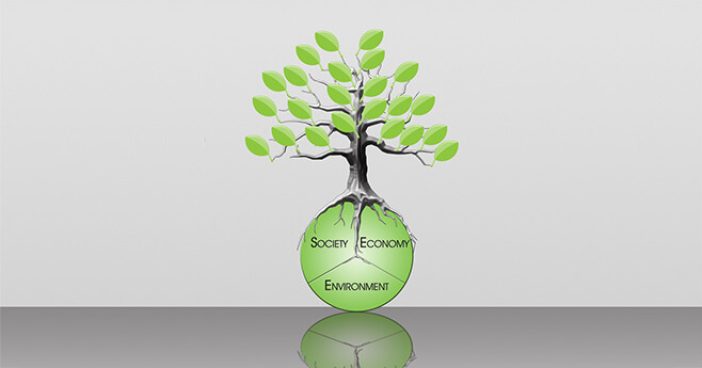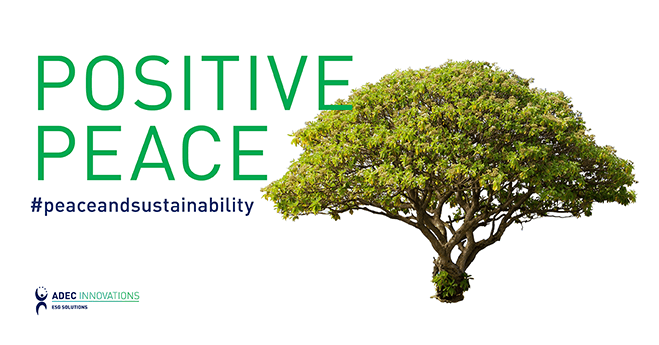Green development is a wide field in development and land planning which includes city planning, architecture and landscaping. Green development is, quite literally, green. In almost all cases, it incorporates tree preservation throughout all stages of development. Urban development is becoming green. Many developers now aim to build houses, neighborhoods and cities while preserving valuable trees for more sustainable communities.
The value of trees
For communities, trees are a renewable source of life. They are a basic element in developing sustainable systems, from neighborhoods to cities. Trees also add aesthetic value. They add softness, color, seasonal interest and provide wildlife habitat to otherwise hard and unnatural places. Most importantly, trees improve an environment’s conditions. They improve air quality and contribute to the overall quality of life in a community. Needed in the fight against global warming, they absorb carbon dioxide and release oxygen. They also reduce noise and air pollution. They produce a cooling effect for summer and reduce cold winter winds, reducing air conditioning and heating costs. They reduce soil erosion and run-off, contributing to disaster prevention. Trees also support wildlife and recycle nutrients, making them integral to the local ecosystem.
Tree preservation
Tree preservation is a process of selecting and protecting trees throughout the process of site development. It includes selecting trees that should not be preserved including unhealthy trees, trees that could be in major conflict with the designated use of sites or at risk from construction activities. The goal of tree preservation is to minimize the impact of development and renovation on trees especially native or heritage trees.
For developers, tree preservation may fulfill compliance regulations. They can also be leveraged in marketing the property, as they increase the property’s value. Land sites with trees can be sold more quickly and at higher prices, as mature trees increase the price of a property by 12 percent.
Major sources of tree damage
Mechanical injuries lead to tree wounds, a reduced capacity to transport water nutrients and carbohydrates, and the invasion of pathogens. Vehicular movement and heavy storage of materials, equipment, and machinery near trees causes soil compacting, which can lead to factors that adversely affect plant nutrition and growth. Excavation near trees can cause substantial root damage. Grade changes from excavation can lead to root suffocation.
Best practices in green development
- A detailed survey by an arborist or tree surgeon is necessary in the design phase. The survey helps developers design a proposal with relation to existing trees, and chooses trees for protection or removal. Developers should also check with a local planning office to determine whether trees are protected by a tree preservation order.
- Minimal impact to trees should be the goal of every member of the development project. They should be familiar with the basic aspects of tree growth.
- A tree protection zone (TPZ) is a minimum area around a tree for its roots and canopy to be protected. It involves erecting temporary fencing around the tree at the outer limits of its crown spread. It ensures that the tree, its roots and soil structure are protected during development.
- Excavations near the TPZ should be dug by hand. No vehicular movement, construction activity, changes in level, or tracking of machinery should be close to it.
- A tree preservation plan (TPP) should be part of the contract documents. This is a layout plan showing spatial relationships between trees and structures to be constructed.
Trees are a non-negotiable element in ensuring sustainable development and a healthier, more livable community. For developers, they mean marketable projects for millennials and sustainably-aware money. Green development points to a wider acceptance of a more informed, strategic and ethical urban development—one where trees are an asset, rather than a hindrance.
ADEC ESG is a leading provider of environmental and sustainability solutions, with expertise in delivering fully-integrated consulting, software and data management services. We help governments and organizations improve performance by recognizing challenges that need to be addressed and offering solutions for implementation. For more information on how we can help your organization, talk to our team today.




